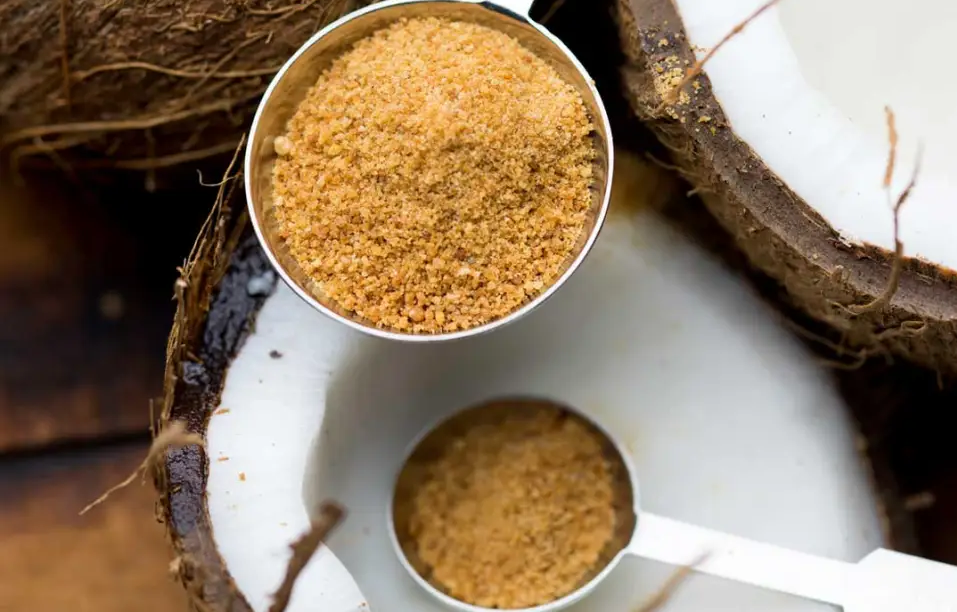The traditional Japanese diet has been associated with several health benefits, including a potential to slow down the progression of fatty liver disease. Fatty liver disease, also known as non-alcoholic fatty liver disease (NAFLD), is characterized by the accumulation of fat in the liver cells. Adopting a diet and lifestyle that align with the principles of the Japanese diet may help mitigate the risk and impact of fatty liver disease. Here’s how the Japanese diet can potentially contribute to slowing down the progression of fatty liver disease:
1. Balanced Macronutrients: The traditional Japanese diet is relatively low in saturated fats and high in complex carbohydrates, especially from whole grains, vegetables, and legumes. This balance can help regulate blood sugar levels and reduce the accumulation of excess fat in the liver.
2. Lean Protein Sources: The Japanese diet includes lean protein sources, such as fish, tofu, and legumes, which are lower in saturated fats compared to animal-based sources. These proteins provide essential amino acids while reducing the intake of unhealthy fats.
3. Fish Consumption: Fish is a staple in the Japanese diet, particularly fatty fish rich in omega-3 fatty acids, such as salmon, mackerel, and sardines. Omega-3s have been shown to have anti-inflammatory and liver-protective effects, which can benefit individuals with fatty liver disease.
4. Limited Red Meat and Processed Foods: The Japanese diet traditionally contains limited amounts of red meat and processed foods high in unhealthy fats and added sugars. This can contribute to reduced calorie intake and a healthier overall diet.
5. Portion Control and Moderation: The Japanese practice of portion control and eating until about 80% full (known as “hara hachi bu”) can prevent overeating and excessive calorie consumption, which are risk factors for fatty liver disease.
6. Green Tea Consumption: Green tea, a common beverage in Japan, is rich in antioxidants called catechins. Some research suggests that green tea consumption may help reduce liver fat and inflammation in individuals with fatty liver disease.
7. Fermented Foods: Fermented foods like miso, natto, and pickled vegetables are commonly consumed in the Japanese diet. These foods provide beneficial probiotics that support gut health and may indirectly contribute to liver health.
8. Physical Activity: While not specific to the diet, the active lifestyle of many Japanese people, which often includes walking and cycling, can further support overall health and liver function.
9. Limited Alcohol Consumption: The traditional Japanese diet tends to limit alcohol consumption. Excessive alcohol intake can contribute to fatty liver disease, so moderation is key.
It’s important to note that while the traditional Japanese diet has potential benefits for fatty liver disease, individual responses can vary. Additionally, the modern Japanese diet has evolved with influences from Western eating habits, leading to changes in dietary patterns and health outcomes.
If you have fatty liver disease or are at risk of developing it, it’s advisable to consult a healthcare professional or registered dietitian. They can provide personalized guidance and recommendations tailored to your specific health needs and goals.









3 thoughts on “How the Japanese Diet Can Slow Down Fatty Liver Disease”